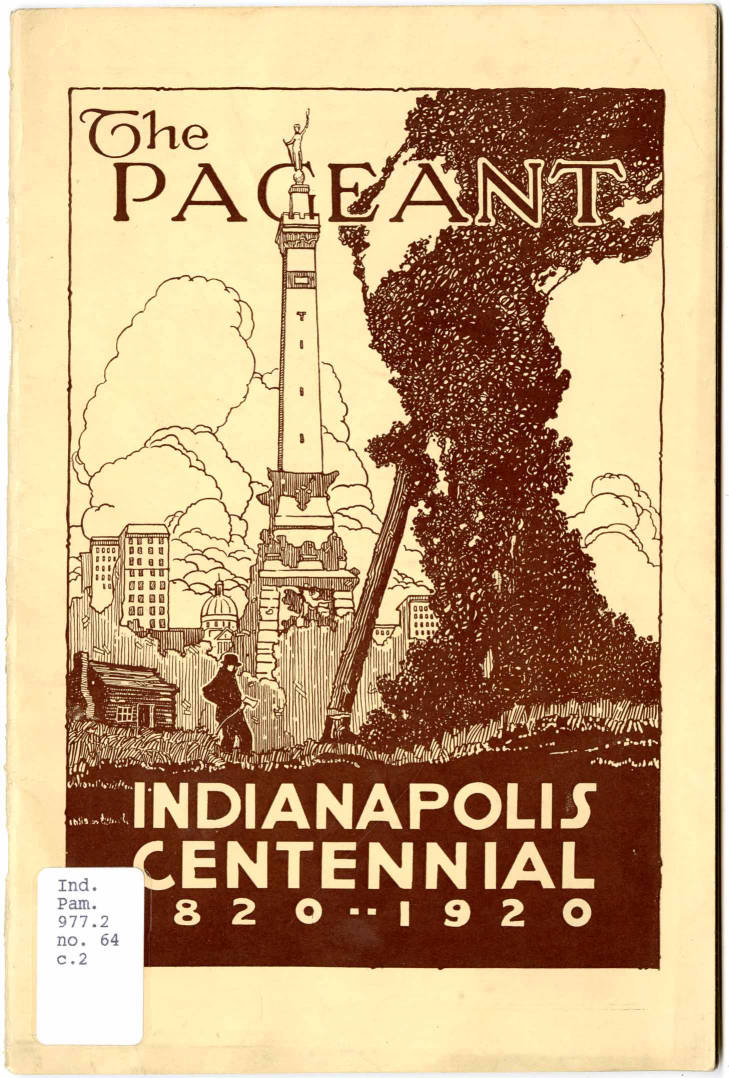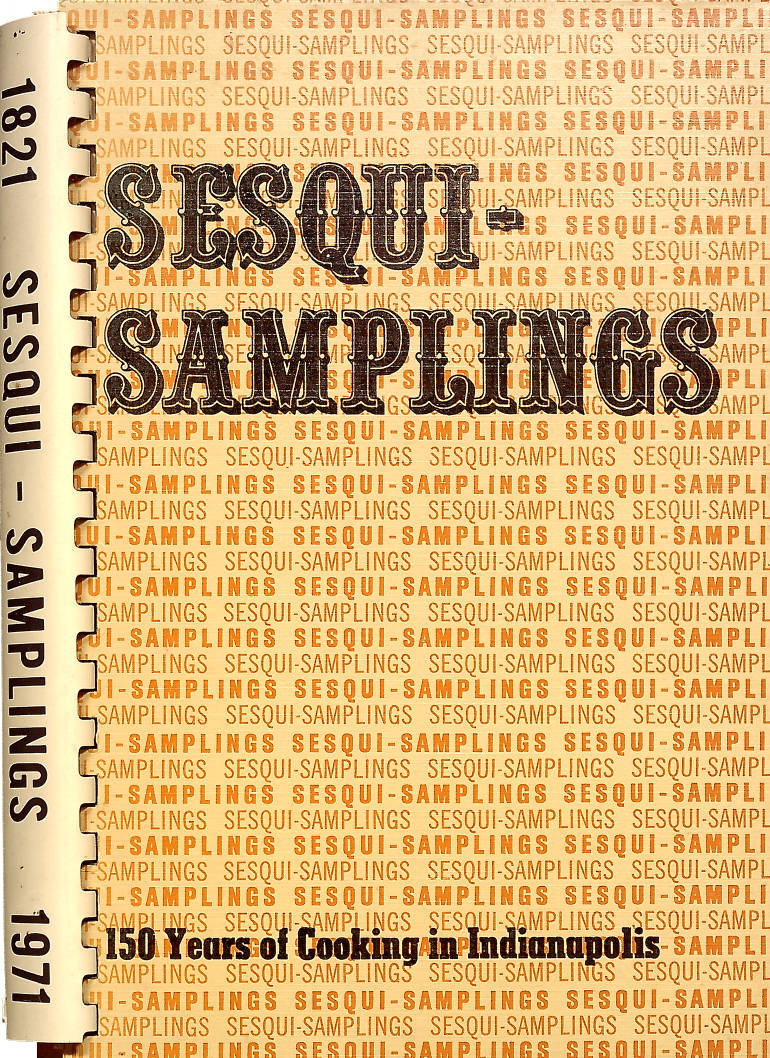Although they might have gathered occasionally to remember and honor the pioneers, there is no evidence of public observances of Indianapolis’ founding prior to the centennial celebration in 1920. The city, however, did play a significant role in the commemoration of Indiana’s centennial in 1916 (see ), which may have been an inspiration in its own birthday observance four years later.

Influenced by the historical pageantry and centennial celebrations sweeping the nation during the early 20th century, Indianapolis marked its first 100 years with a six-day birthday party in June 1920. The festivities began on Saturday, June 5 with a mass meeting at . Church services and an evening musical performance at the Indiana State Fairgrounds Coliseum featuring a 400-voice choir and the Cincinnati Symphony Orchestra comprised the next day’s agenda.
On the evening of Monday, June 7—the date when the state capital commissioners originally met at cabin and voted to locate the new capital nearby—the city held a large street parade that depicted events from the city’s past and included 14 bands and 122 floats, many of them electrically lighted. The highlight of Tuesday’s program was a pageant held at the Coliseum that told the story of Indianapolis. The day ended with an “elaborate ballet summarizing the progressive city of 1920.” The program was so successful that it was repeated on Thursday.
The grand finale took place on on Wednesday, June 9. Thousands of people lined the riverbanks between 16th and 30th streets to hear a band, watch illuminated replicas of early riverboats journey upriver, and view a large display of fireworks.
To mark the sesquicentennial (150th year) of Indianapolis’ founding, the city embarked upon a year-long celebration in 1971. The Indianapolis Sesquicentennial Commission, chaired by George S. Diener, former state representative and senator from Marion County, coordinated the city’s observances. The commission adopted a blue and orange logo of arrows pointing toward the center of a circle to symbolize the “Crossroads of America” slogan.
Public celebrations began on January 6, commemorating the day when the General Assembly formally accepted the report of the capital commissioners in 1821, thereby creating Indiana’s new capital city. Mayor launched the festivities at an evening performance at the Murat Theater (Old National Centre) of the multimedia extravaganza, “We Celebrate Our City,” based on Edward Leary’s narrative history (1971).
During the ensuing months the city’s museums sponsored several art exhibitions and special programs. The Indianapolis Museum of Art exhibited the works of state and local artists, while the Children’s Museum displayed drawings of early Indianapolis. hosted the pageant “Call This a Beginning,” staged to commemorate the day in 1820 when Governor Jonathan Jennings and the ten commissioners arrived at trading post to begin their deliberations on a new capital site.

The summer months included numerous sesquicentennial events. A special commemorative float was entered in the 500 Festival Parade and the women’s committee of the Sesquicentennial Commission issued a book of recipes, . In June, nearly 2,000 Civil War reenactors encamped at . The Sesquicentennial Commission also cosponsored the first at the State Fairgrounds (June 18-20).
On July 4, the commission sponsored the Sesquicentennial Free Street Fair and Fireworks Spectacular in downtown Indianapolis, attended by an estimated 100,000 people. The day also included the Central Indiana Council of Boy Scouts’ recreation of the 1825 transfer of state government records from Corydon to Indianapolis by horse-drawn wagons. In August, the was designated a National Waterways Landmark.
The fall brought assorted other festive programs. On September 26, the city’s religious communities united in an interdenominational program, “Faith for a City.” Designed as a reaffirmation of faith in God and mankind, the program was staged on the steps of the where 2,000 singers and 200 musicians under the baton of conductor Thomas Bricetti performed the world premiere of “A Song on Mankind.”
The hosted an antique car and race program on October 10 to commemorate the influence of the automobile and the annual 500-mile race on the community. Finally, on November 7, the issued a special 96-page sesquicentennial edition which included historical photographs, short business histories, biographical sketches, and stories about the city’s past.
To celebrate the 200th anniversary of Indianapolis in 2020, a Bicentennial Commission led the planning, with neighborhood groups and community organizations offering public programs and events. Projects showcased Indianapolis’ history of community contributions, achievements, and milestones. Some of these projects include the Indiana Historical Society’s “Indianapolis History Collecting Initiative,” the Arts Council of Indianapolis “Celebrating with Public Art,” the Polis Center and Indianapolis Public Library’s “Digital Encyclopedia of Indianapolis,” and WFYI, Ted Green Films, & Banayote Photography’s “The Builders.”

Help improve this entry
Contribute information, offer corrections, suggest images.
You can also recommend new entries related to this topic.

